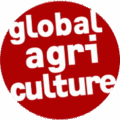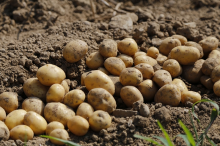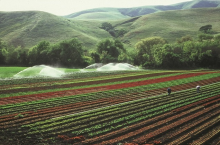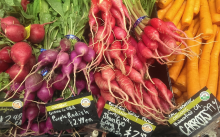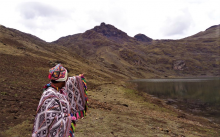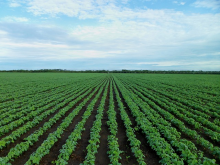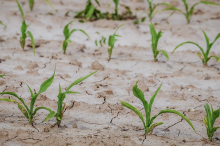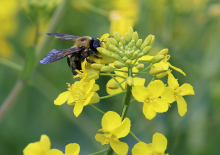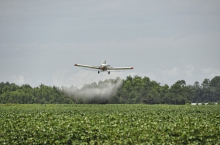FAO: 14% of the world’s food is lost between harvest and retail
Reducing food loss and waste is an important way to improve food security and nutrition, promote environmental sustainability and lower production costs. Cutting back on food waste would not only help to achieve progress towards the international target of reducing food loss and waste, but also contribute to a number of other Sustainable Development Goals […]
FAO: 14% of the world’s food is lost between harvest and retail Read More »
